14 Cult Horror Movies From the 80s That Deserve More Attention
The 1980s produced more than its share of strange and unforgettable horror films. Beyond the big names, many smaller movies from that decade still manage to surprise with their weird ideas, strong visuals, and wild imagination. These cult favorites may have slipped past mainstream audiences, but they left a lasting mark on the genre. Here are some lesser-known horror gems from the 80s that deserve another look.
This post may contain affiliate links, which helps keep this content free. Please read our disclosure for more info.
The Keep (1983)

Michael Mann’s The Keep takes place in a remote Romanian fortress during World War II, where German soldiers accidentally awaken an ancient evil. The movie’s cold stone walls and haunting fog create an atmosphere that feels otherworldly. Tangerine Dream’s score gives the film a dreamlike tone, turning every shadow and whisper into something unsettling. While it was heavily cut before release, the remaining film still holds a strange, hypnotic power.
What makes The Keep stand out is how it mixes supernatural horror with philosophical themes about power and faith. Scott Glenn’s mysterious stranger adds to the film’s eerie mood, while Ian McKellen delivers an early performance full of intensity. It’s a movie that rewards patience, with scenes that unfold like fragments of a nightmare. Fans continue to hope for a full restoration to reveal Mann’s complete vision.
Night of the Creeps (1986)
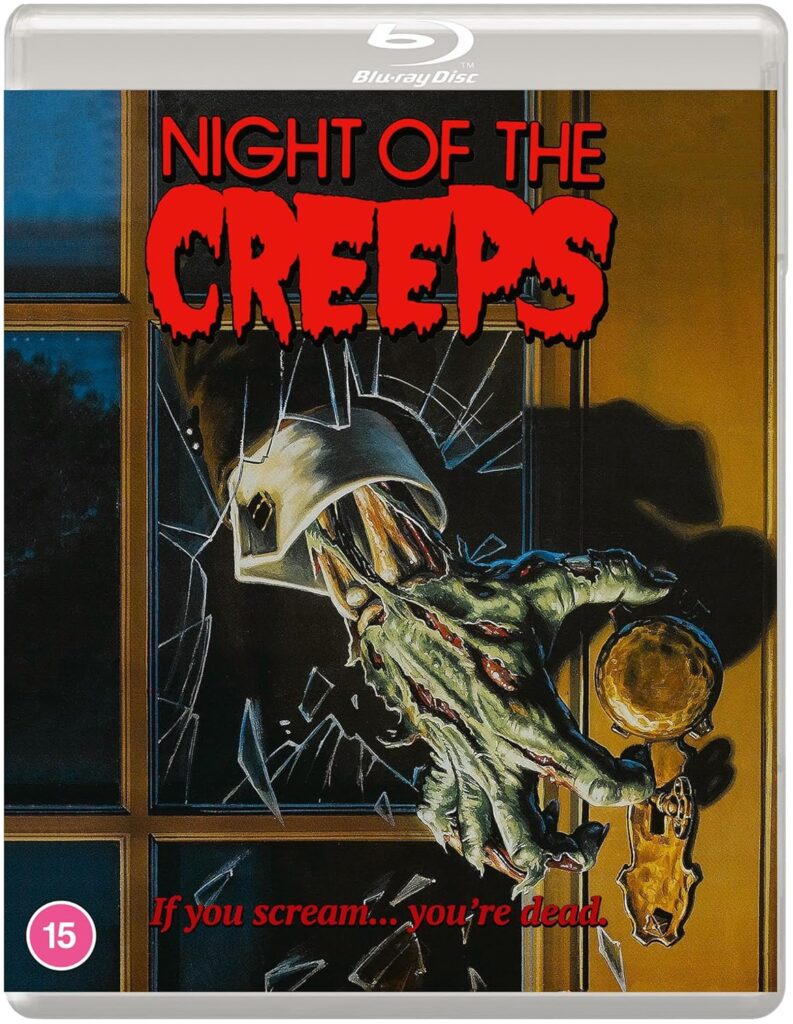
Fred Dekker’s Night of the Creeps celebrates every corner of horror culture, from 1950s creature features to 1980s zombie movies. The story begins with alien parasites that turn college students into walking corpses, leading to chaos on campus. It manages to balance laughs, scares, and some clever nods to classic films. Tom Atkins’ line “Thrill me” became a cult favorite for a reason.
The movie’s charm lies in how self-aware it is without losing heart. It plays with familiar tropes but treats them with affection instead of mockery. The special effects are gooey and fun, and the mix of sci-fi and horror keeps the energy high. Over time, its sense of humor and nostalgic tone have turned it into a beloved midnight movie.
The Stuff (1985)
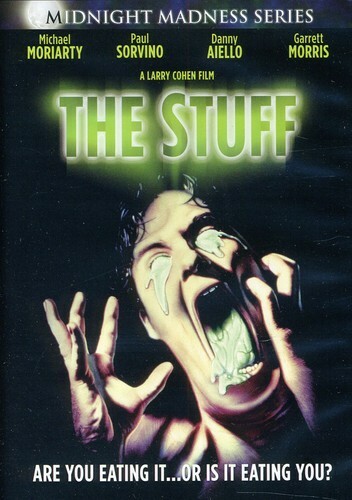
Larry Cohen’s The Stuff is part monster movie, part social satire. It follows a mysterious white dessert that becomes a national craze—until people realize it’s eating them from the inside out. The film mocks advertising, greed, and consumer obsession in ways that still feel sharp today. It’s gross, funny, and surprisingly smart.
Despite its wild premise, The Stuff never loses sight of its message. Cohen uses over-the-top humor to expose how easily people buy into trends without asking questions. The practical effects add a gooey, tactile quality that makes the horror both absurd and believable. It’s a cult favorite that still feels timely in the age of viral marketing.
Street Trash (1987)

Street Trash is one of the most chaotic horror comedies of the decade. Set among New York’s homeless population, it follows a group of drifters who melt into colorful puddles after drinking toxic liquor. The visuals are shocking and unforgettable, splashing every scene with fluorescent gore. Beneath the mayhem, though, lies a raw, grimy portrait of city life in decay.
Director J. Michael Muro fills every frame with wild energy and twisted humor. The movie doesn’t hold back, pushing bad taste to its limits while delivering some of the most outrageous effects of the 80s. It’s a wild ride that feels like a mix of punk rebellion and splatter-art filmmaking. Love it or hate it, Street Trash is impossible to forget.
The Hidden (1987)
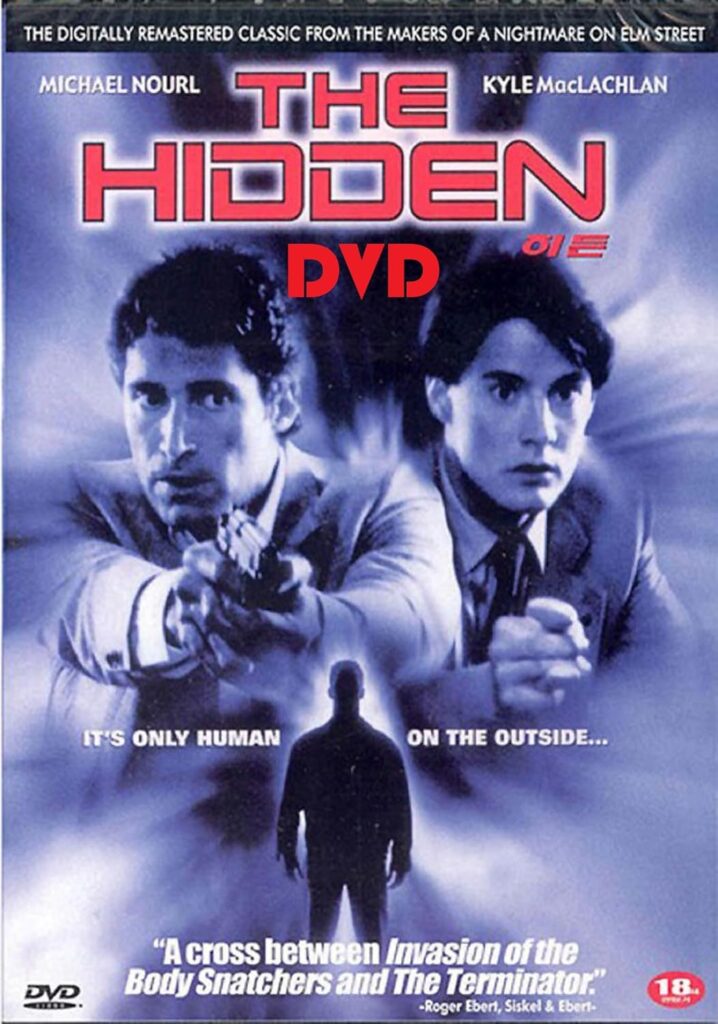
Jack Sholder’s The Hidden begins as a police thriller but quickly turns into something stranger. An alien creature jumps from body to body, turning ordinary people into violent criminals. The action scenes are intense, and the tone shifts effortlessly between science fiction and horror. Kyle MacLachlan gives one of his early standout performances as a mysterious FBI agent.
What sets The Hidden apart is its heart beneath the chaos. Amid car chases and alien shootouts, it tells a story about identity and compassion. The blend of sharp writing and energetic pacing makes it a hidden gem in both genres. Fans of They Live or Invasion of the Body Snatchers often find this one just as rewarding.
Dead & Buried (1981)

Dead & Buried opens with what looks like a peaceful seaside town. But beneath the fog and friendly smiles, something disturbing is happening to the residents. Tourists vanish, and familiar faces keep returning from the dead. The eerie quietness and slow pace build tension that never quite lets up.
Dan O’Bannon’s script gives the story an unusual mix of mystery and horror. Each scene draws viewers deeper into the town’s secret without revealing too much too soon. The cinematography captures coastal beauty with a ghostly edge, making it feel like a nightmare version of New England. It’s one of the most underrated horror stories of the early 80s.
Possession (1981)

Andrzej Żuławski’s Possession is as disturbing emotionally as it is visually. Set in a divided Berlin, it follows a couple’s violent breakdown that spirals into madness. Isabelle Adjani’s performance is legendary—her raw intensity and physical collapse in the subway scene remain unforgettable. Sam Neill’s growing paranoia mirrors the political and personal chaos around them.
The movie isn’t easy to categorize. It’s part domestic drama, part creature horror, and part allegory about obsession and loss. Every frame pulses with energy and discomfort, making it hard to look away even when you want to. Possession isn’t just a film—it feels like an experience you survive.
From Beyond (1986)
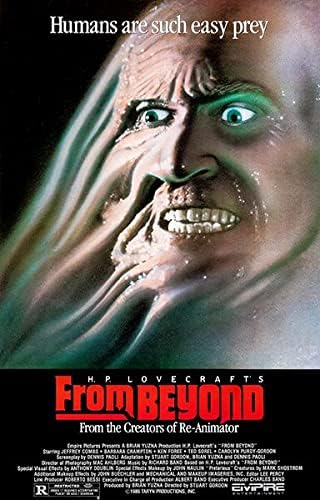
Following Re-Animator, director Stuart Gordon and writer Dennis Paoli returned to H.P. Lovecraft for From Beyond. Scientists create a machine that lets them see creatures from another dimension, but things quickly spiral out of control. The glowing pink lighting, bizarre monsters, and pulsating effects give it a distinct look. Jeffrey Combs and Barbara Crampton bring intensity and chemistry to their roles.
Like Re-Animator, this movie balances campy fun with genuine terror. It explores the danger of human curiosity and the thin line between science and madness. The effects still hold up, making it one of the most visually unique horror films of its time. Fans of practical effects and Lovecraftian horror continue to celebrate it today.
Pumpkinhead (1988)
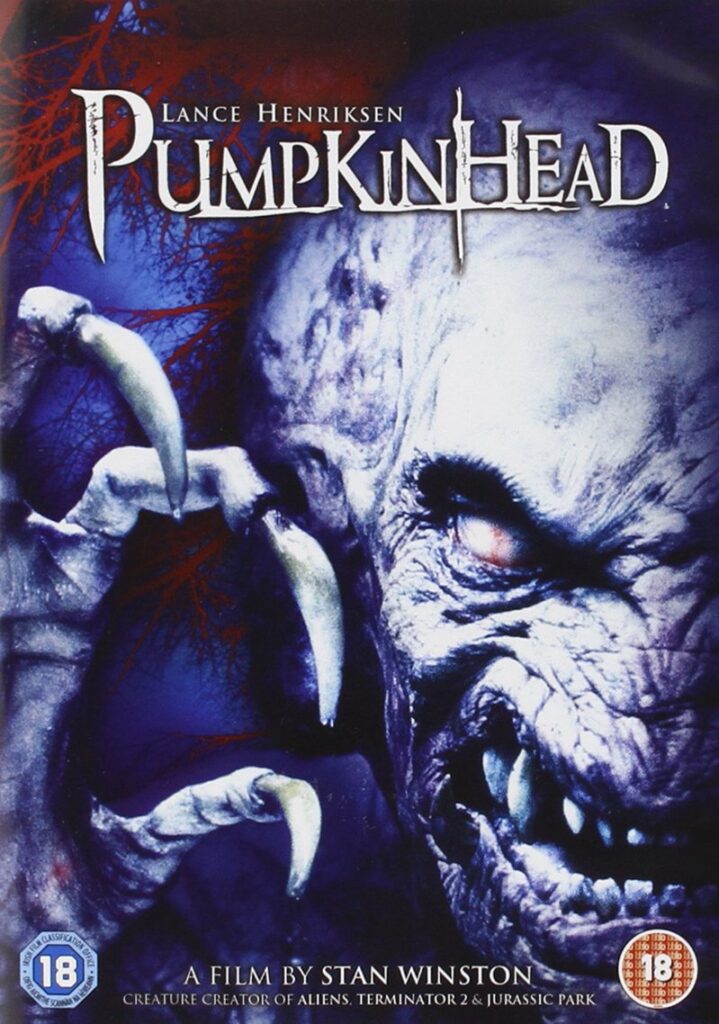
Directed by special effects legend Stan Winston, Pumpkinhead combines monster horror with tragic storytelling. Lance Henriksen stars as a grieving father who calls upon a demon to avenge his son’s death. The creature, born from revenge, soon takes on a life of its own. Its design and movement make it one of the decade’s most memorable monsters.
Beyond the scares, the movie’s emotional core sets it apart. It shows how grief can twist into something monstrous, and how vengeance never brings peace. The fog-drenched sets and eerie lighting give it a haunting, fairy-tale quality. Pumpkinhead feels timeless, a true morality tale dressed in horror’s skin.
The Entity (1982)
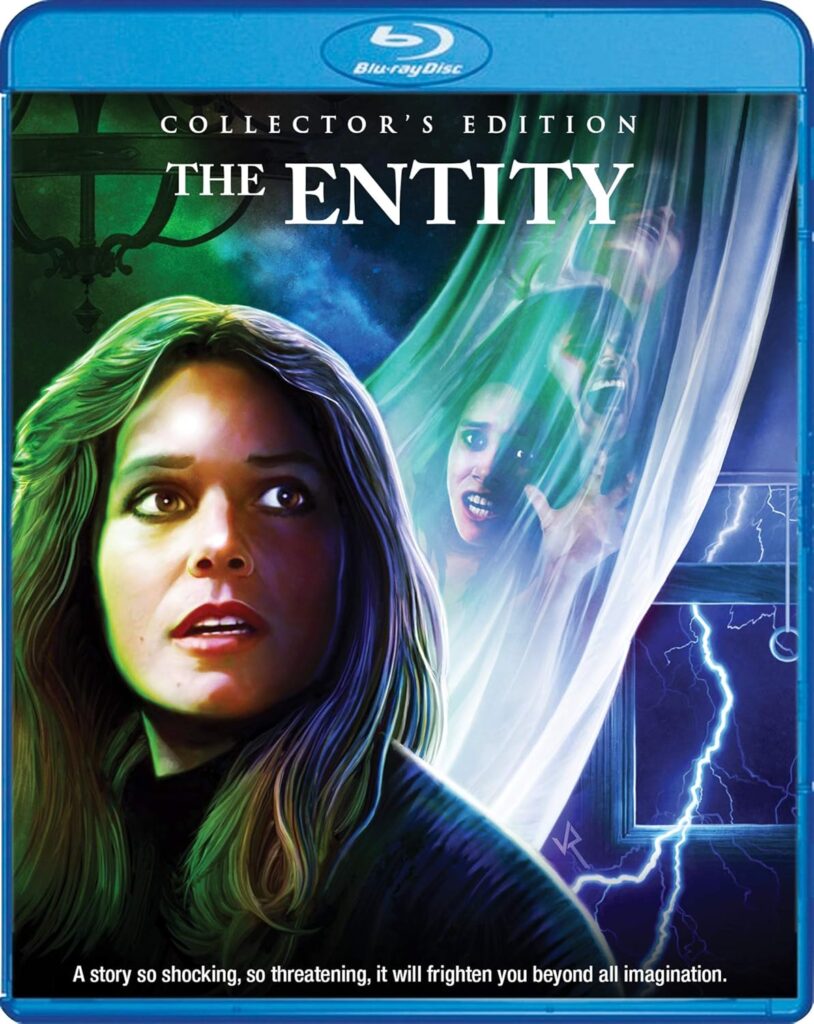
The Entity takes inspiration from a real-life haunting, following a woman tormented by an unseen force. Barbara Hershey gives a raw, unsettling performance that grounds the supernatural chaos in real fear. The attacks are filmed with shocking intensity, making viewers feel her isolation and helplessness. It’s one of the most emotionally charged horror films of its time.
Director Sidney J. Furie handles the subject with both restraint and shock. The film questions whether the haunting is psychological, supernatural, or something in between. The score and sound design heighten the terror, giving every scene an unnerving hum. Decades later, it still manages to make audiences uneasy.
C.H.U.D. (1984)

Hidden beneath New York City, mutated creatures begin attacking unsuspecting residents. C.H.U.D.—short for Cannibalistic Humanoid Underground Dwellers—turns a ridiculous premise into gritty urban horror. The film’s grimy look and social commentary on homelessness and pollution add unexpected depth. It’s strange, messy, and oddly endearing.
The movie gained its cult status through its offbeat tone and political undertones. While the monsters look campy by today’s standards, the atmosphere feels genuinely unsettling. It’s a horror story that reflects real fears about neglect and decay in big cities. For many fans, it remains one of the best examples of 80s B-horror charm.
Body Double (1984)
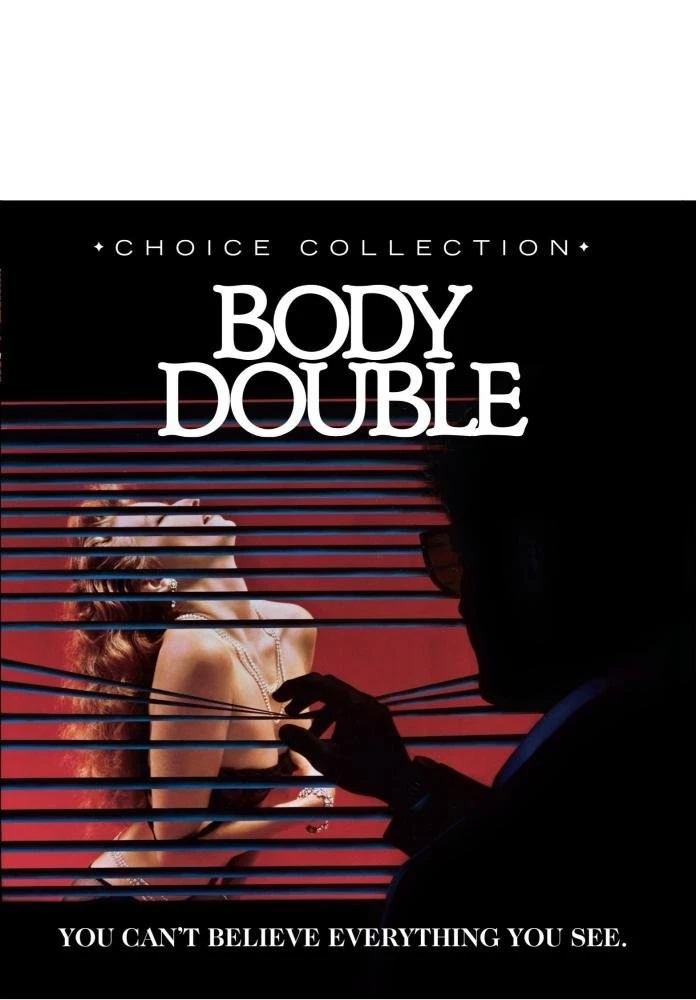
Brian De Palma’s Body Double blends erotic thriller and slasher horror into one stylish package. The plot follows an actor who witnesses what seems like a murder through a telescope, leading him into a maze of deceit and obsession. The neon colors, music video sequences, and voyeuristic camera work make it a perfect snapshot of 80s style. It’s both trashy and elegant at once.
What makes the movie fascinating is how self-aware it is about its own excess. De Palma uses horror and desire to comment on the way people consume images and violence. It’s a movie that’s part mystery and part social critique. Body Double still divides audiences, but its surreal energy keeps it alive in film circles.
Near Dark (1987)
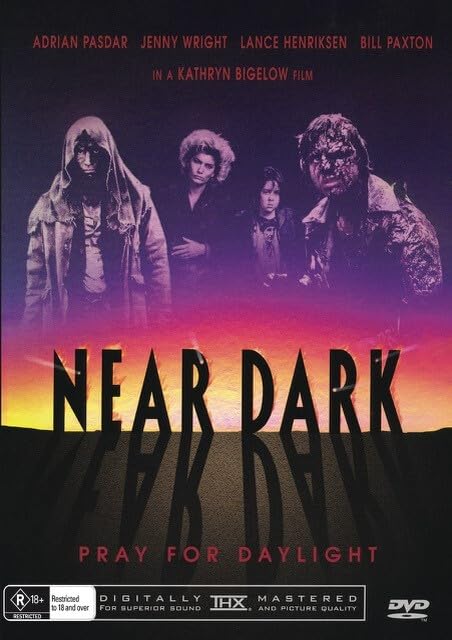
Near Dark gave vampires a new kind of grit. Kathryn Bigelow’s direction turns the story of a young man pulled into a nomadic vampire gang into something both violent and poetic. The mix of horror and western creates a mood that’s unlike anything else from the decade. Its cast, including Bill Paxton and Lance Henriksen, delivers unforgettable performances.
The movie focuses on family, survival, and the loneliness of immortality. Each scene glows with smoky sunsets and blood-red lighting that give it an almost romantic edge. It’s violent yet strangely beautiful, filled with moments of quiet sadness. Over time, Near Dark earned its place as one of the most original vampire films ever made.
Brain Damage (1988)
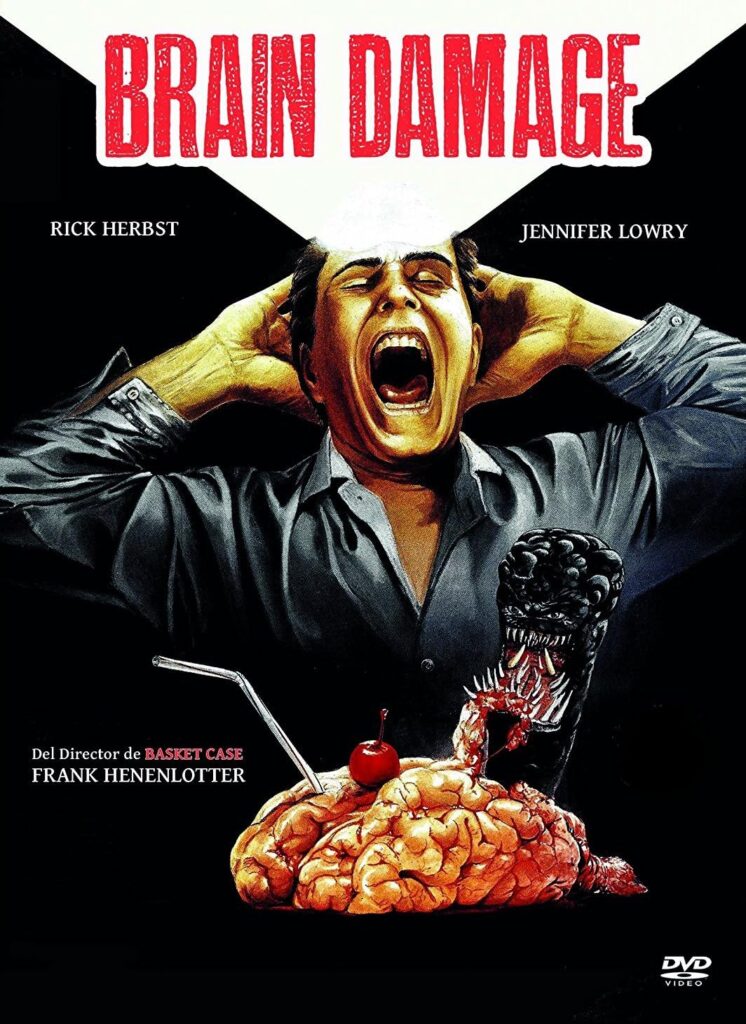
Frank Henenlotter’s Brain Damage tells the story of a young man who becomes addicted to a talking parasite that feeds on human brains. The creature, named Aylmer, offers him euphoric highs in exchange for victims. The mix of horror and black comedy creates something both shocking and strangely sad. It’s a movie about control, addiction, and temptation.
Like his earlier Basket Case, Henenlotter fills every moment with sleazy energy and creative practical effects. The bright lighting and surreal imagery give the film a feverish quality that mirrors the character’s descent. Beneath its campy surface lies a dark commentary on dependency and self-destruction. Brain Damage remains one of the most original horror stories of its decade.
This article originally appeared on Avocadu.
